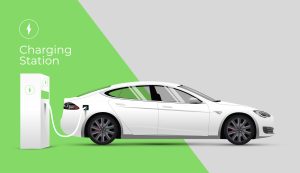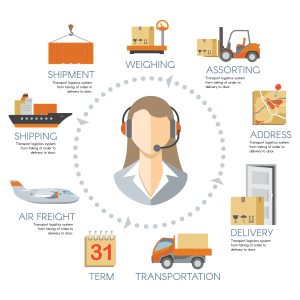
Common Fraud and Counterfeit Parts in EV Components
While it is true that an electric car needs less service than a gasoline car, resulting in its popularity, purchasers must be aware of a fast-developing problem in the used EV market: EV component fraud. Here’s everything you need to know to prevent getting an EV headache.
What Are EV Counterfeit Products?
Counterfeit electrical components are those whose origin or quality is intentionally misrepresented. Electronic component counterfeiting can encroach on the legal producer’s trademarks. In addition, because counterfeit components frequently have lower specifications or quality, they might pose a risk if used in vital systems such as aviation navigation, life support, military equipment, or space spacecraft.
Electronic component marketing has become commercialized, making it simpler for counterfeiters to inject inferior and counterfeit products into the supply chain.

The EV Component Supply Chain Fraud
According to research published in January 2010 by the US Department of Commerce Bureau of Industry and Security, reported counterfeit occurrences increased from 3,868 to 9,356 in recent years. According to survey respondents, the two most prevalent categories of counterfeit components are apparent forgeries, and old merchandise re-marked as better quality. This poll includes 387 responses across the whole electrical component supply chain. Counterfeit merchandise was reported in all aspects of the supply chain. According to the World Semiconductor Trade Statistics, the worldwide TAM for semiconductors will exceed $200 billion. Therefore the 387 respondents give quantitative data for just a tiny percentage of the entire market.

How Does it Affect You?
EV Battery fraud refers to batteries swapped with older, inferior types. As the market for used electric vehicles grows, so does the demand for components. In the EV sector, dealer shops also tend to fit newer, more powerful battery packs into older EVs.
But how does any of this relate to you, the consumer? It turns out that this fraudulent battery exchange happens not just on salvaged vehicles but also on clean, well-running, used electric vehicles. What’s more concerning is that in certain circumstances, the dealership offering you the automobile is unaware that the battery has been replaced.
In the aftermarket, healthy cells are worth a good sum. A 62-kWh battery from a current Nissan LEAF Plus, for example, may be purchased for $15,000. A Tesla battery? Between $20,000 and $30,000!
Most dealerships are simply unaware of such methods. And, because auction transactions are often made rapidly, there is minimal scrutiny. And unfortunately, there is presently no legislation that bans this fraudulent conduct from occurring.

Conclusion
Today, thanks to companies like Escronics, consumers can now easily procure electric components, including EV parts, from the online marketplace safely. Escronics offers one of the most secure and safe platforms for buying electronic components without worrying about their quality and authenticity. Escronics combines the greatest technology, services, and safe solutions from across the world to help you navigate the EV component landscape in a sensible, sustainable way.











